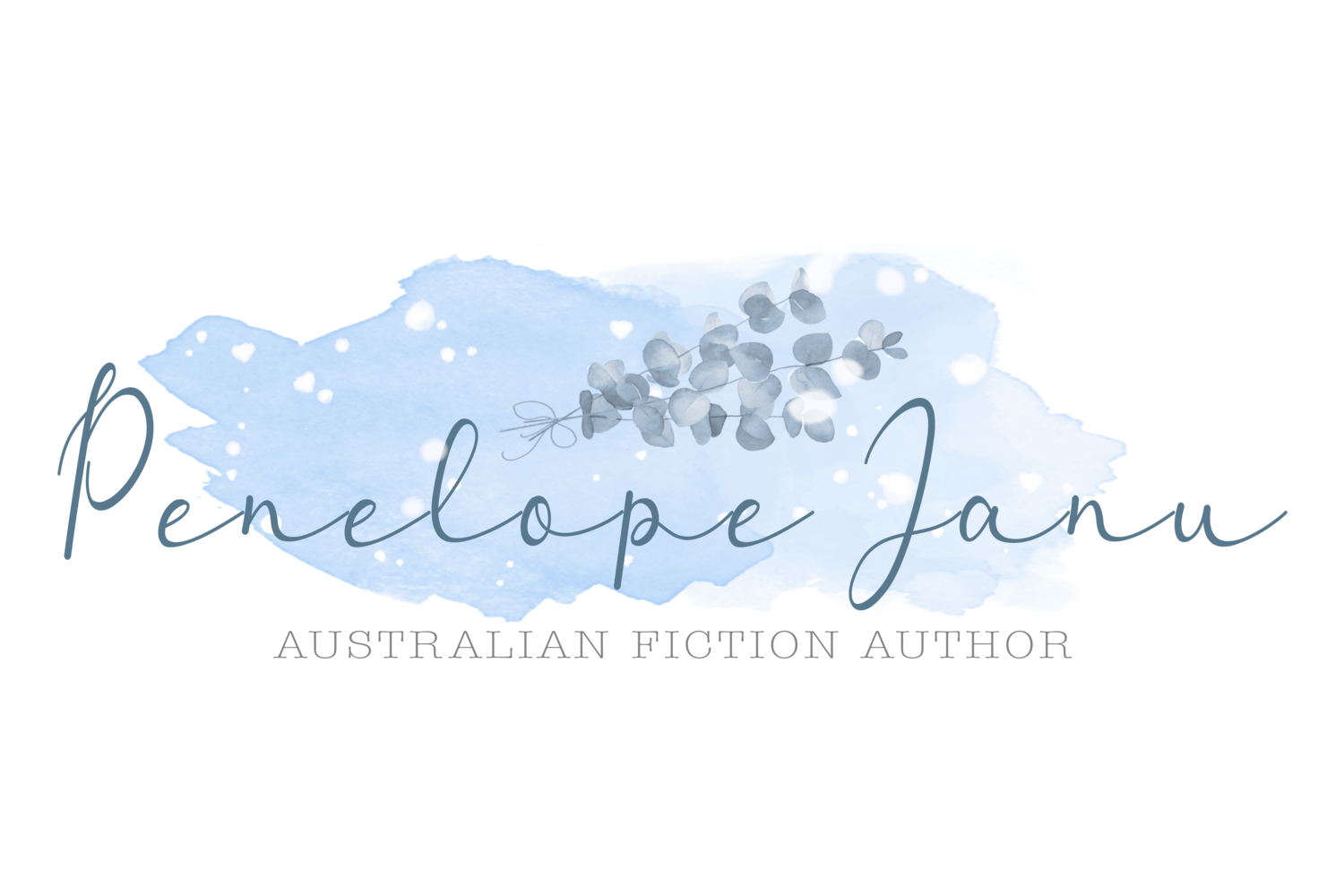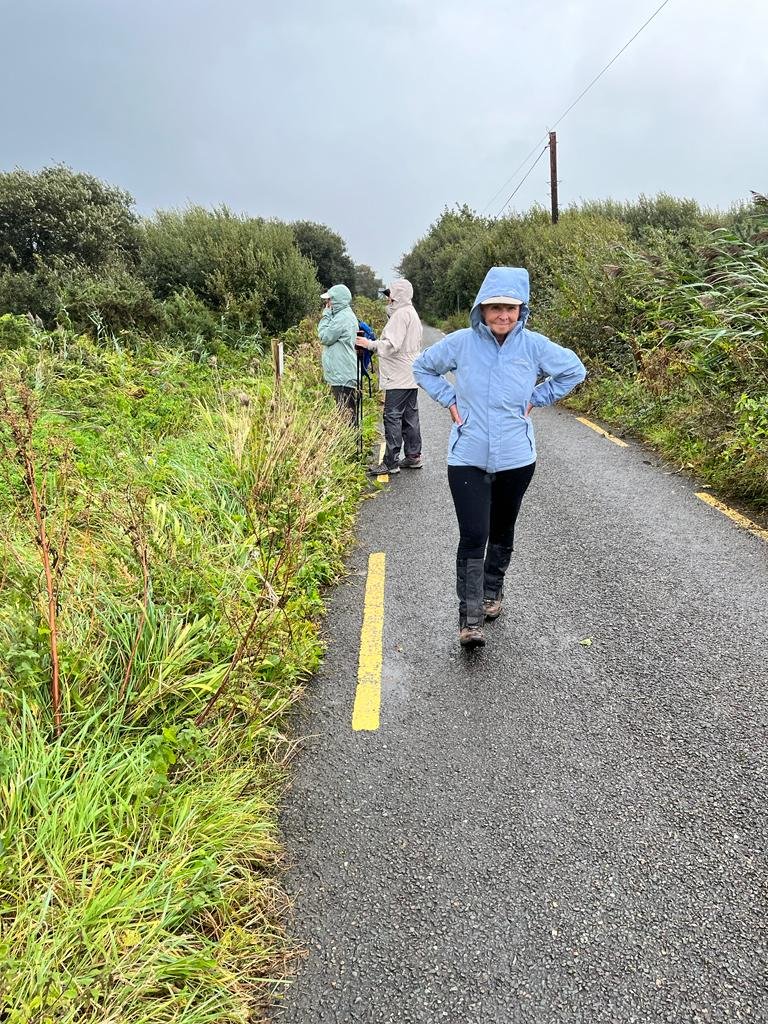Day 6: Shap to Kirkby Stephen
/Kirkby Stephen, our destination of today, has a ‘Poetry Path’, containing a series of twelve poems by Meg Peacocke, the renowned English poet. Each poem represents a month in the farming year. July’s verse is a little uninspiring, but since we’ve walked 31km through farmland today, it may be totally appropriate.
Silage. Tractor incises the first green furrow.
Skillful geometrician, the driver judges an arc of weather.
Tonight we are staying at the Black Bull Hotel (i.e. pub) at Kirkby Stephen. The internet is excellent, so I will tell you about some important matters that anyone contemplating the Coast to Coast route of AW Wainwright may wish to consider.
Are we there, yet?
It is actually quite difficult to walk many kilometres per day through long grassy fields, across bogs, up inclines that look okay from a distance but go on for miles (literally), down river courses, and over rocky mountains (and that's just the topography encountered before morning tea). We thought there may be 'boring lane ways of bitumen' from time to time, but in 5 days walking (over 100km) we have probably only walked on tarmac for around 3 km. And whenever it has happened (notwithstanding the need to dive into thistles so the cars don't run you down in the lane ways) we have been delighted. So flat! So smooth! So decisive in destination! Which brings me to another matter….
Field walking en route to Kirkby Stephen
Navigation
Mr. Wainwright wrote a lovely little book (A Coast to Coast Walk). He called it 'A' Coast to Coast rather than 'The' Coast to Coast because he was of the belief that there were many ways to cross England. This is all very well, but when it comes down to it, the walker has over 300km to traverse. Abseiling aside, if you want to get from one side of Kidsty Pike to the other (see yesterday's post) you have to climb up a mountain and scrabble down again - and for directions on how to achieve this you use Mr. Wainwright's book (and a few spin off maps and other guides). Which leads me to...
Signage
There are two types of signs we have seen on the Coast to Coast walk. Firstly, there are finely engraved (aged and bleached) timber markers. Some are marked 'Coast to Coast' (in tiny letters). Some are so narrow that only a minimal number of letters can be included - they are marked 'C to C'. Since these posts are the same colour as the rock walls, the houses, the tree trunks and various other things they are often difficult to spot. Secondly, there are tiny yellow dots (that blend in nicely with the ten thousand buttercups found in every field). These tiny yellow dots have arrow indicators that point to a) the moon b) a stile c) a cow pat d) sheep. So…. one must rely on maps. Of our party we have Butterscotch Keeper (reputedly a surgeon of reasonable intelligence), Lemon Sherbet (reputedly a naval officer of senior rank), and The Water Tank (reputedly a lawyer with a modicum of sense). We also have Coconut Milk, Acid Drop, and Tea Bag (charged with spotting signs and yellow dots). Yet….. each day, we get lost at least twice. This is what is known on the Coast to Coast as 'A Navigational Embarrassment.' It is a common occurrence.
Weather
Variable. It is the middle of summer. The hottest day we have experienced is 22 degrees (in the sun), and the coolest around 13 degrees (at the warmest five minutes of the day). Luckily, we are sweating with exertion and/or trepidation whatever the weather.
Food and backpacks
Yes it is nice to eat and drink, but do remember that whatever you eat and drink will be carried on your back for the duration of the day. So while a tuna and cucumber sandwich, an apple, orange, punnet of juicy strawberries, digestive biscuits, wine gums, water, and a thermos of tea, may seem like a good idea while shopping at the co-op the night before, they are HEAVY. Also...
In view of possible inclement weather (i.e. daily inclement weather), it is also necessary to carry a waterproof jacket, waterproof trousers (though these are so uncomfortable to wear that they rarely make it out of the backpack), a jumper or fleece, and an umbrella (surprisingly useful). Other essential items (that sit at the bottom of the backpack and weigh a ton) are pen knife, medical kit, spare socks, and wallet. Wallet totally useless because...
Shops
There are no shops! Or very rarely is there a shop. And at best the shop is at end of the walk when feeling nauseous and/or footsore (see above - numerous causes) so it is impossible to stomach anything. Which brings to mind...
Accommodation
We are staying in B&Bs, guesthouses, and pubs, and the occasional hostel. At best they have been sensational. At worst, a lively topic of conversation. And even then nothing is ever all bad - for example, good internet, excellent toilet flush, and interesting artwork will be juxtaposed with dirty sheets and eggs of dubious heritage. A lift to the pub and a happily situated house will be juxtaposed with dodgy directions and an inadequate flush in a shared toilet (yes, it was Acid Drop). Note (particularly to Butterscotch Keeper) lovely old houses have low door jams, and wall lights.
Stone walls….
A leg at each corner
Tomorrow I will take some photos of signage. We are walking (uphill) to Keld which is 23km away (not counting getting lost). By the way, todays walk was long at 31km, but easier than yesterday because we walked through the fields. It was quite chilly but rained rarely - excellent walking weather. We saw many cows, and even more sheep. There are many breeds of sheep. Most are charming, but we stumbled into a field late in the day and found Possibly The Ugliest Sheep in the World.
In my next post I will cover pharmaceuticals, field latrines (ha!), and what 3/4 of a mile really means.
Finally, I'd like to know whether my newly activated comment button works, so any feedback (on the sheep or anything else) is welcome.
And an interesting face...















